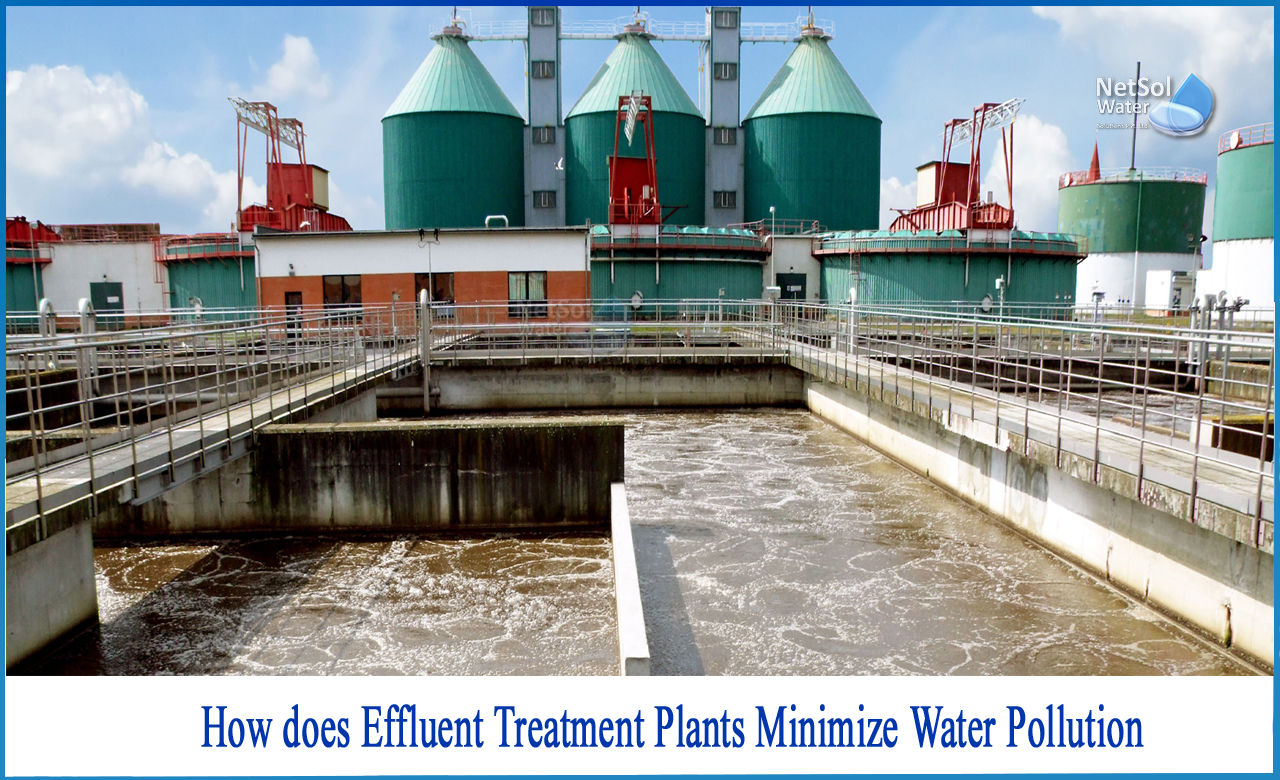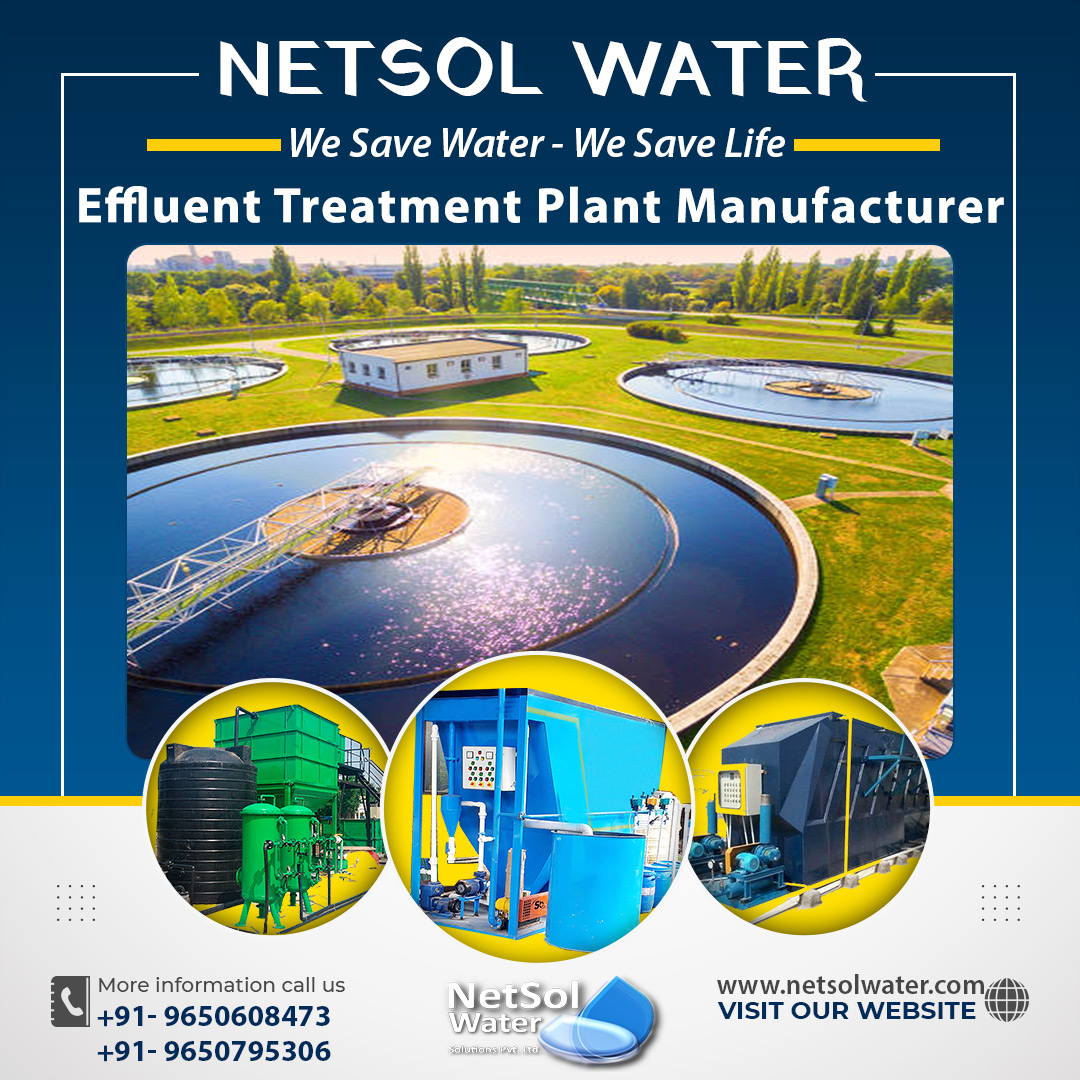How does ETP Plant minimize water pollution?
Wastewater contains some unwanted elements that must be removed before it can be safely drained. Suspended solids, biodegradable organic compounds, pathogenic microorganisms, and large amounts of nutrients such as nitrates and phosphates are some of the elements contained in sewage effluent. The existence of this has its own consequences. Suspended solids can clog drains, rivers, etc., for example.
Biodegradable organic compounds, on the other hand, can have high biochemical oxygen demands, which reduces oxygen levels in the water. It adversely affects organisms such as fish that live in water and depend on oxygen for survival. Pathogenic microorganisms in water cause serious health hazards when such water is consumed. In addition, high nutrient content produces unwanted algae in the water. Different water treatment solutions are required at different stages of wastewater treatment.
Removal of such types of unwanted elements
After removal of coarse solids and pre-treatment of wastewater by chipping with various sieves, the wastewater is ready for pre-treatment. Pre-treatmentstage reduces suspended solids in wastewater. This processing stage typically uses mechanical processes and chemicals that help improve sedimentation. This process is mainly done in septic tanks or sand basins and is transferred to wastewater or sand basins after pre-treatment.
In purification equipment, relatively quiet areas facilitate the sedimentation of relatively large suspended solids under gravity. This creates primary sludge on the bottom of the purifier. Small suspended solids and dissolved organic matter do not settle so easily and are usually treated at other stages of wastewater treatment. Oil and fat form the top layer of wastewater in the tank, as they are lighter than water. It can be scooped up, regenerated and reused for other purposes such as soap making. The settled primary sludge is pumped out and further processed.
Is pre-treatment enough to make wastewater reusable?
Pre-treatment is not enough to make wastewater reusable. After the primary treatment, the wastewater undergoes a secondary treatment to minimize biological waste, followed by a tertiary treatment, which is then reused or safely discharged into mineral water.
Advanced wastewater treatment helps to produce relatively high quality water from wastewater in the treatment process. It consists of three treatment categories: third-line treatment, physicochemical treatment, and complex biophysical treatment.
The final stage of treatment
In the final stages of wastewater treatment (usually tertiary treatment), mobile water treatment is useful when water needs to be reused. This can be done by boiling, filtering, activated carbon absorption, chemical disinfection, etc. Water treatment with a membrane filter helps remove particles larger than 0.2 micron, including infectious microorganisms such as Giardia and Cryptosporidium. In addition, disinfection may often be required. This can be done using chlorination, UV treatment, or ozone treatment as part of the drinking water treatment process. Coagulation and agglutination are also important elements of drinking water treatment.
If the water is acidic, add a neutralizer, soda or sodium hydroxide at each step to raise the pH from acidic to neutral to treat the acidic water.
Other wastewater sources such as oil and gas fields require special treatment. For example, in the treatment of water produced in this way, sorption of organic substances by specific elite, air stripping, and the like can be inexpensive and effective treatment methods.
Conclusion
Therefore, the wastewater treatment process is a long process and for safe reuse or discharge, the primary treatment plays the first important role in preparing the wastewater for further treatment in the secondary and tertiary stages. This water can be reused further minimizing water pollution to a large extent.




